Incense burner
An incense burner in two parts – an elephant and a male figure with a scroll in his hand, riding on the elephant’s back. The elephant serves as a base for the censer and at the same time as a container for incense. Fragrant smoke rises from its trunk. The depiction of the animal is in the sculptural style of the Ming Dynasty (1368–1644), recognisable by the spherical lion paws, the cobra-like upturned snout, which is said to bring good luck, and the long tail curled into the letter S. The bearded sage on the elephant’s back, who also serves as the lid of the incense burner, is the arhat Kalika (Jialijia zunzhe 迦理迦尊者). He is the seventh of the 18 Buddhist arhats or luohans 羅漢, often referred to in China as the “arhat riding an elephant” (Qixiang luohan 騎象羅漢). He always rides an elephant and recites Buddhist sutras. This Kalika holds a scroll in his right hand and keeps his left palm open in the abhayamudra position ... more
An incense burner in two parts – an elephant and a male figure with a scroll in his hand, riding on the elephant’s back. The elephant serves as a base for the censer and at the same time as a container for incense. Fragrant smoke rises from its trunk. The depiction of the animal is in the sculptural style of the Ming Dynasty (1368–1644), recognisable by the spherical lion paws, the cobra-like upturned snout, which is said to bring good luck, and the long tail curled into the letter S. The bearded sage on the elephant’s back, who also serves as the lid of the incense burner, is the arhat Kalika (Jialijia zunzhe 迦理迦尊者). He is the seventh of the 18 Buddhist arhats or luohans 羅漢, often referred to in China as the “arhat riding an elephant” (Qixiang luohan 騎象羅漢). He always rides an elephant and recites Buddhist sutras. This Kalika holds a scroll in his right hand and keeps his left palm open in the abhayamudra position (this is usually indicated with the right hand), signifying blessing, protection, and peace. The long beard and serene smile on his face are somewhat reminiscent of the Daoist master Laozi 老子, and the long robe he is dressed in is adorned with plum blossoms (meihua 梅花), symbolising spring, beauty, happiness, and strength. The combined symbolism of the arhat and the elephant is particularly strong, as Buddhist iconography in China was closely interwoven with local tradition.
The motif of an elephant with an object or human figure on its back is often referred to in Chinese art as taiping youxiang 太平有象, which literally translates as “peace-bringing elephant”. It probably originated from the fusion of native Chinese culture with Buddhist tradition and Indian elephant symbolism. In any case, elephants had an important place and a strong symbolic role in China long before the advent of Buddhism, as they already brought good fortune, abundance, and peace. Under the influence of Buddhism, where elephants stand for wisdom, prudence, and strength, the symbolism of the elephant was further enhanced. The meaning of the taiping youxiang motif is also closely related to the Chinese tradition of creating symbolic meanings deriving from the same or similar sounding characters. For example, an elephant carrying a vase on its back symbolically brings peace because “vase” (ping 瓶) sounds like “peace” (ping 平). The motif of a person riding an elephant, on the other hand, suggests good fortune, because “riding an elephant” (qixiang 騎象) sounds similar to “lucky” (jixiang 吉祥). The fact that the elephant was such a popular form for incense burners can also be explained by a play with homophones, since “elephant” (xiang 象) sounds like “fragrance” or “fragrant” (xiang 香), so it is not surprising that containers for perfume, fragrances, and incense so often took an elephant shape.
Incense burners played an important role in Chinese tradition from the earliest times, in religious rituals to connect with deities and ancestors. It was also quite common to light incense sticks to perfume rooms and drive away vermin. With the rise of Buddhism, the use of incense burners spread throughout East Asia and they eventually became prestige items in wealthier homes. The production of bronze incense burners reached its peak in China during the Ming and Qing dynasties (1644–1912). The specimen with the Kalika arhat was most probably made in the late Qing period, after 1850 or even late 19th century. From the decoration, motifs, and symbolic meaning, it could be inferred that it was presented as a gift, and the soot residue inside suggests that the object was used as an incense burner in an East Asian setting. In Europe, where it probably did not arrive until the early 20th century, it presumably served only as a decorative collector’s item. (VSP, MG)
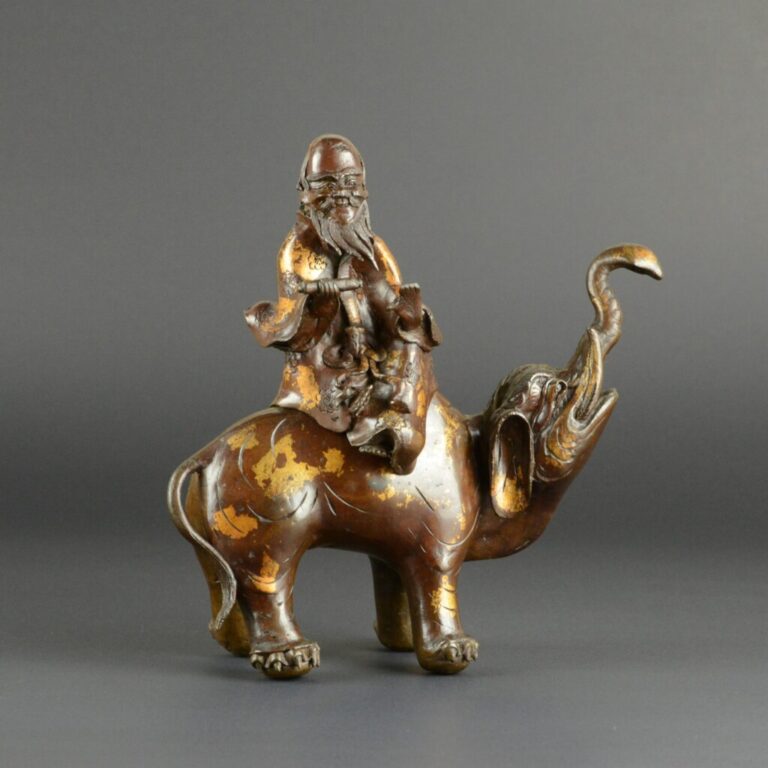
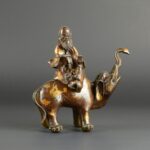

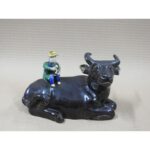




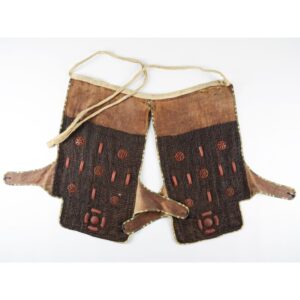



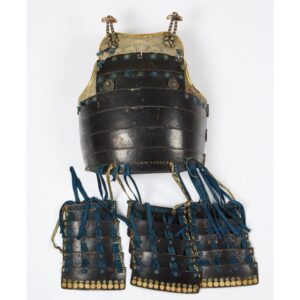






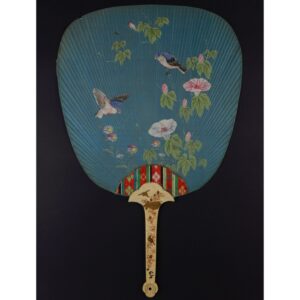



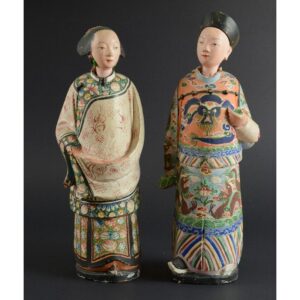










Do you have a comment or additional information about the subject?